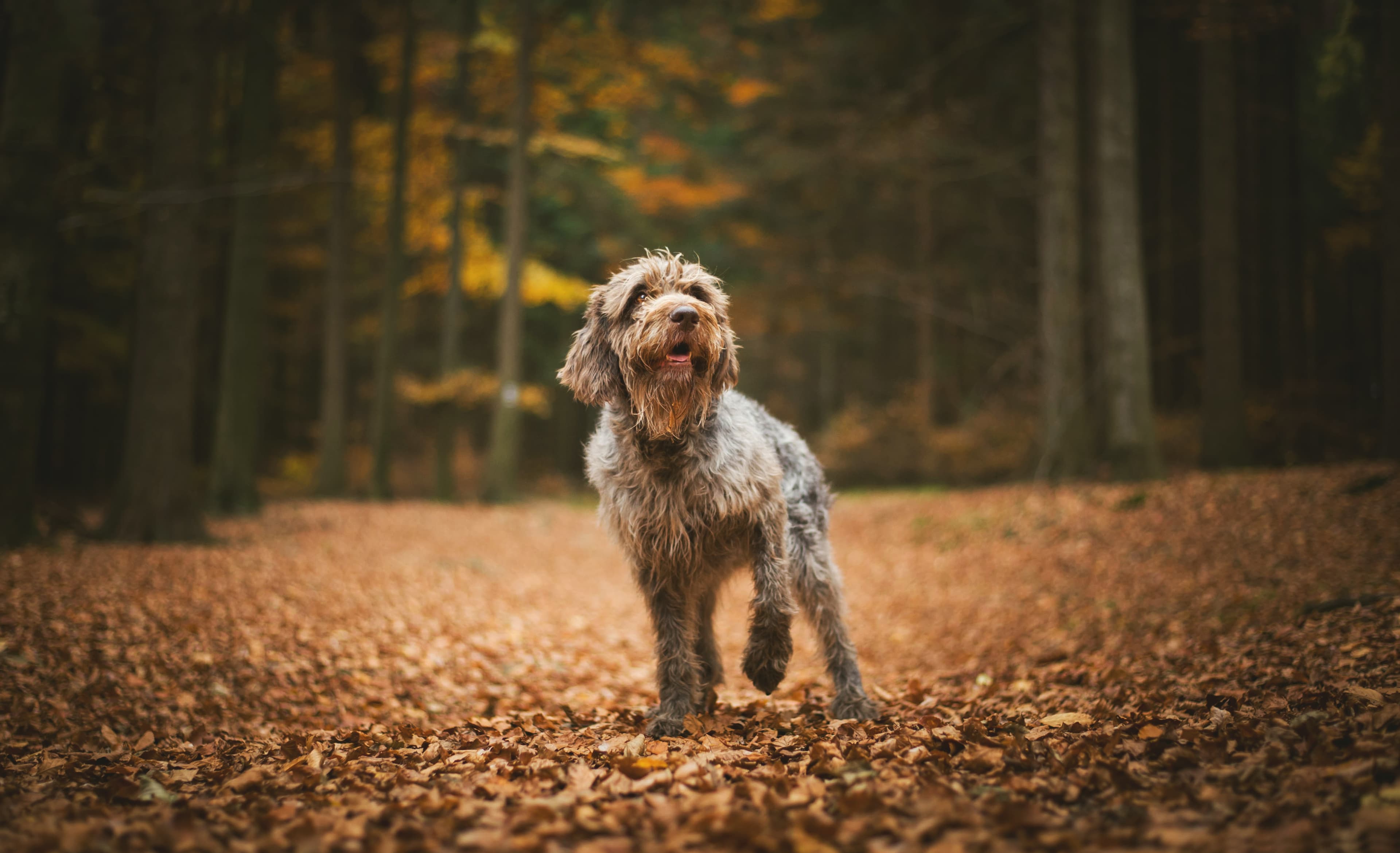What applies when the dog is loose in the forest?
In Germany, there are no uniform laws and regulations for the presence of dogs in the forest. Free-roaming is often prohibited or only allowed at certain times. We will show you what requirements you should consider in the federal states.
Allowing dogs to roam freely in meadows and forests provides them with the opportunity to move and expend energy. The risk of injury is significantly lower on soft ground compared to asphalt. However, free-roaming is not always allowed everywhere. To avoid penalties, it is important to be aware of the regulations. In Germany, this is not straightforward because there is no nationally consistent regulation for the presence of dogs in the forest. It is necessary to inform yourself about the laws applicable in each federal state.
Regulations with dogs in the forest
In some federal states, dogs are allowed to be off-leash in the forest throughout the year, in some only outside the closed hunting season, and in others, leash requirements apply all year round. Our overview shows you which regulations apply in which federal states:
Dogs do not need to be on a leash In Bavaria, Baden-Württemberg, Rhineland-Palatinate, and Saxony, there is no leash requirement in the forest throughout the year. However, it should be noted that in these states, as well as in all other federal states, a person authorized to protect game has the permission to shoot a dog engaged in hunting. Therefore, despite free-roaming, the dog should always stay close to the owner and be easily callable to avoid any misunderstandings.
Dogs need to be on a leash partially In Bremen, Lower Saxony, Saarland, and Saxony-Anhalt, dogs must be leashed during the closed hunting season, which varies from March to July depending on the federal state. In the remaining time, they are allowed to roam without a leash. A separate rule applies in North Rhine-Westphalia: Here, dogs are only allowed to move without a leash on forest paths.
Dogs always need to be on a leash Berlin, Brandenburg, Hamburg, Mecklenburg-Vorpommern, Schleswig-Holstein, and Thuringia impose a general leash requirement in the forest throughout the year. In some cases, it is even emphasized that the leash must be kept short.
Regulations with dogs in National Parks
In contrast to the varied regulations for staying with dogs in the forest, there are uniform rules when visiting German National Parks. These stipulate that dogs must not roam freely. It is legally required that the dog must be leashed at all times. Those who do not comply with this rule must expect fines in both national parks and general forest areas. This constitutes a regulatory offense, generally penalized with fines ranging from 50 to 200 euros. In particularly severe cases, fines of up to 5000 euros may be possible.
Responsibility for one's dog
Even in federal states where there is no leash requirement in forests, every dog owner should be aware that their dog should not engage in hunting. This is especially true at the beginning of summer when many wild animals have young offspring. Moreover, any disturbances in winter are detrimental to the animals, as being startled causes them to consume energy they urgently need. Dog owners also have a responsibility towards other people, and it is essential to be aware of this. Some individuals may fear dogs, which is why a free-roaming dog should not rush towards them. The goal should be for everyone to get along well, allowing everyone to enjoy nature without worries.





